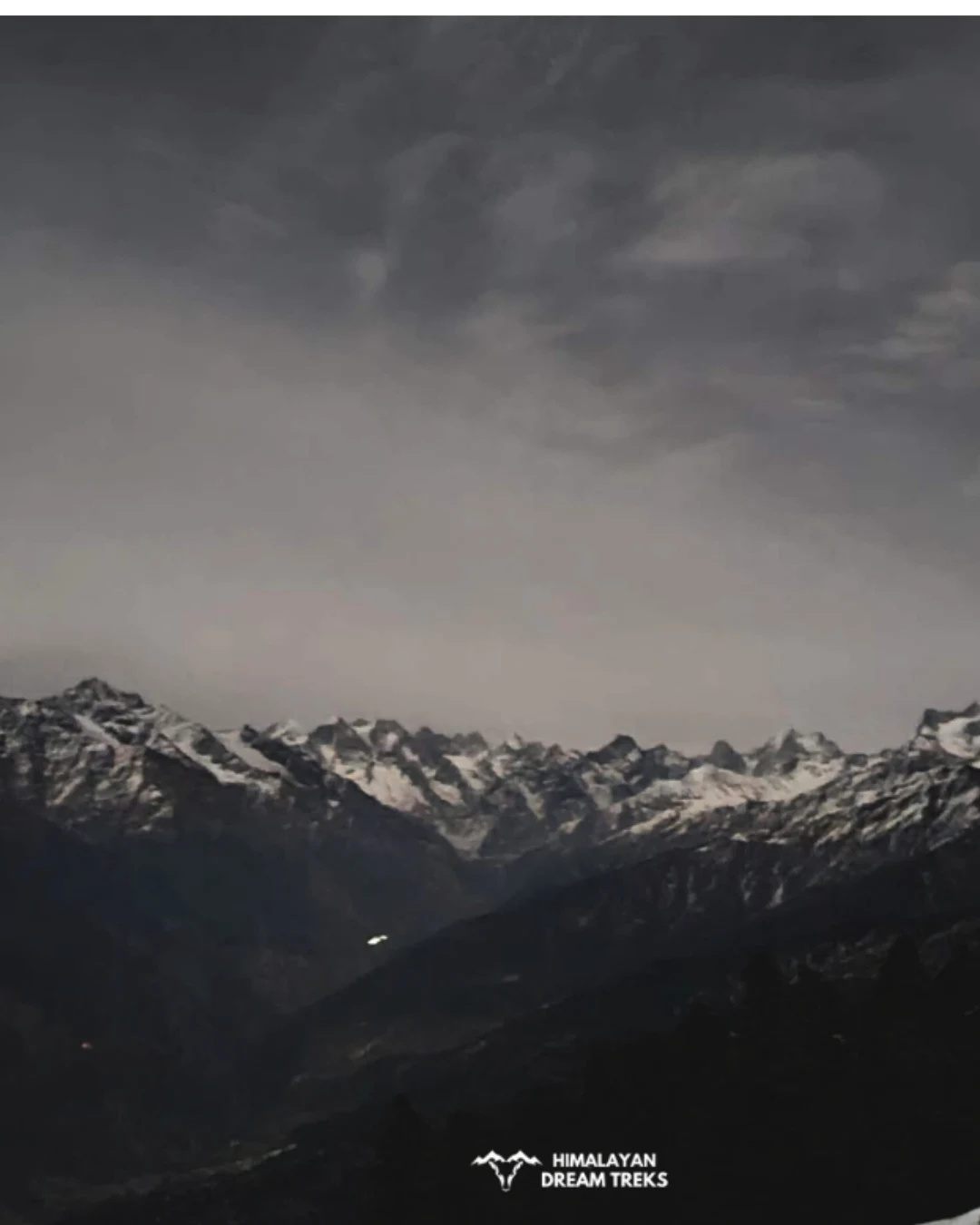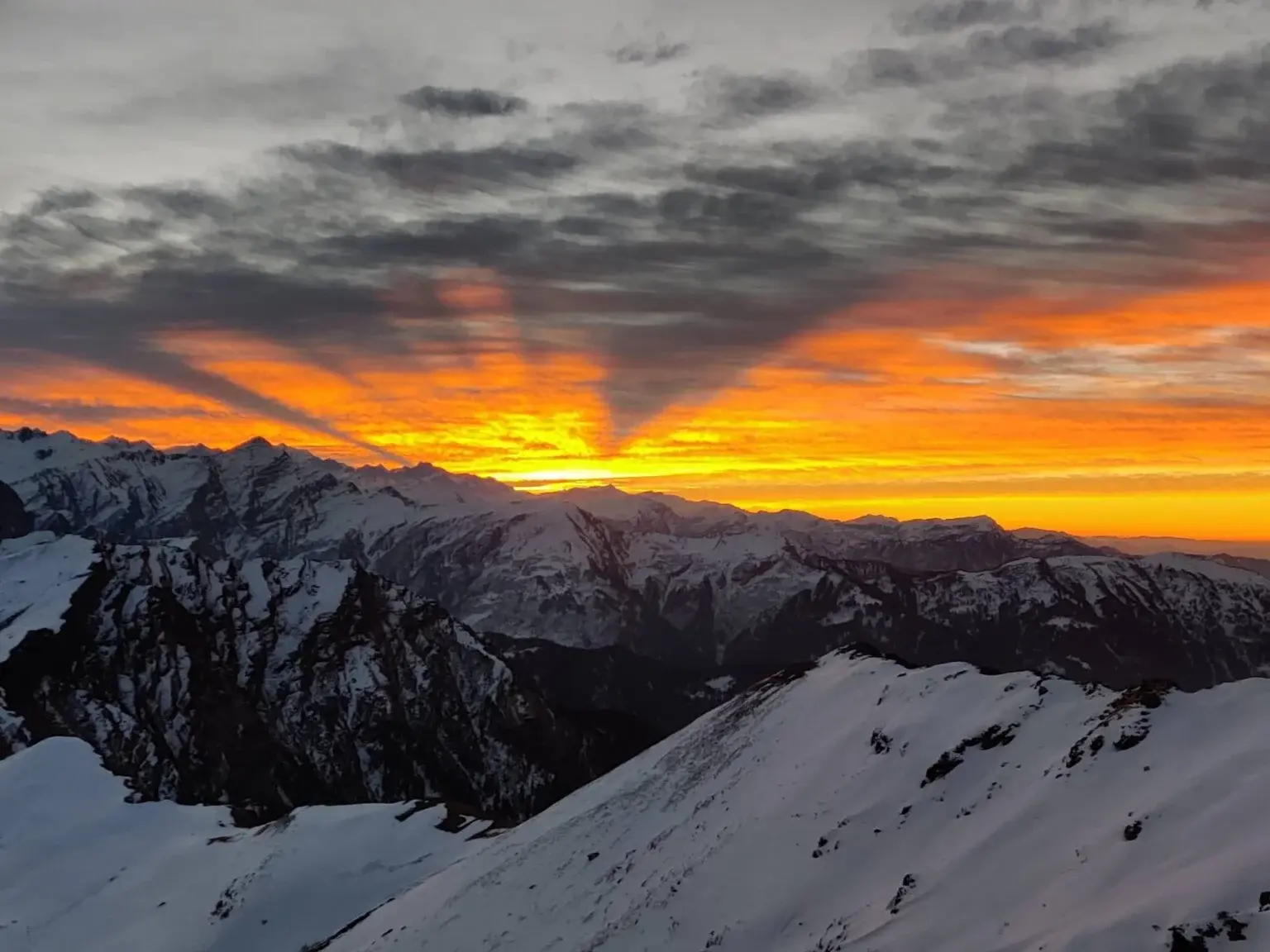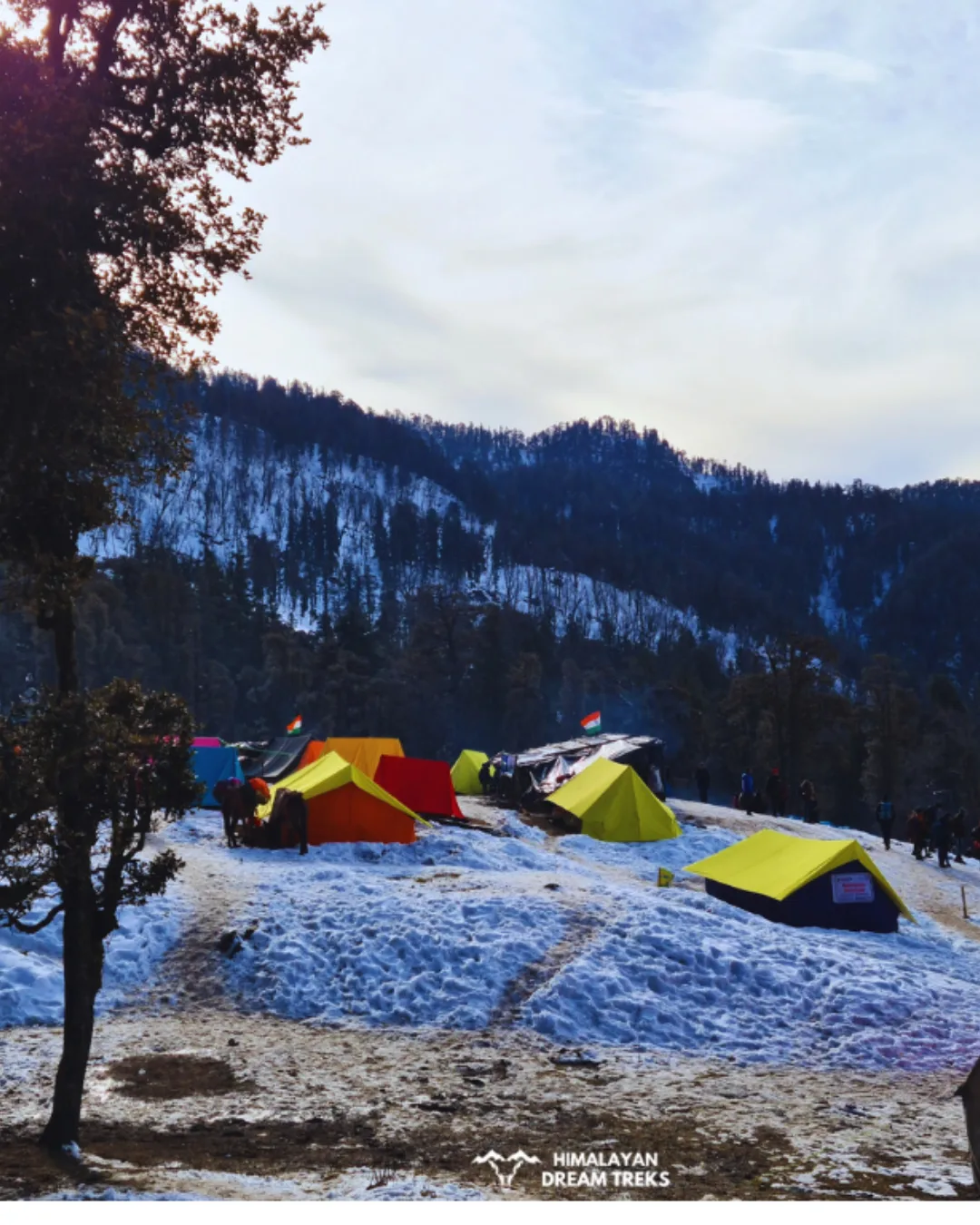Avoiding Altitude Sickness on the Kedarkantha Trek: A Trekker’s Guide
Introduction
The Kedarkantha Trek is one of the most sought-after winter treks in India, offering mesmerizing snow-covered landscapes, dense pine forests, and breathtaking summit views. Rising to an altitude of 12,500 feet, this trek is a perfect blend of adventure and accessibility. However, with great altitude comes the risk of altitude sickness, which can affect even the most experienced trekkers. Understanding its symptoms, causes, and prevention techniques is crucial to ensure a safe and enjoyable trekking experience.
In this guide, we will cover everything you need to know about avoiding altitude sickness on the Kedarkantha Trek, so you can conquer the summit without any health concerns.
Understanding Altitude Sickness
Altitude sickness, also known as Acute Mountain Sickness (AMS), occurs when you ascend to a high altitude too quickly without allowing your body enough time to adjust. The reduced oxygen levels and lower air pressure can lead to symptoms such as headaches, nausea, dizziness, and shortness of breath.
Symptoms of Altitude Sickness
Recognizing the early signs of altitude sickness is key to preventing serious complications. The common symptoms include:
Persistent headache
Nausea or vomiting
Dizziness and lightheadedness
Fatigue or weakness
Shortness of breath even at rest
Loss of appetite
Disturbed sleep patterns
If left untreated, altitude sickness can escalate into High Altitude Pulmonary Edema (HAPE) or High Altitude Cerebral Edema (HACE), both of which can be life-threatening.
Why is Altitude Sickness a Concern on the Kedarkantha Trek?
The Kedarkantha Trek, though beginner-friendly, involves a rapid ascent. Many trekkers reach the Kedarkantha Base Camp (11,250 feet) within two days, which doesn’t give the body enough time to acclimatize.
The summit push is even more demanding as trekkers ascend from base camp to 12,500 feet in just a few hours, increasing the risk of AMS. Additionally, the cold weather and physical exertion can exacerbate symptoms.
To fully enjoy the stunning views of Swargarohini, Bandarpunch, and Black Peak, it is essential to take proactive steps to prevent altitude sickness.
How to Prevent Altitude Sickness on the Kedarkantha Trek
1. Acclimatization is Key
One of the best ways to avoid altitude sickness is by proper acclimatization. Here’s how you can do it:
Spend a day in Sankri (6,400 feet) before starting the trek to let your body adjust.
Avoid gaining more than 1,500 feet per day once above 8,000 feet.
Follow the "climb high, sleep low" rule—if possible, hike to a higher altitude during the day and return to a lower altitude to sleep.
2. Stay Hydrated
Dehydration makes altitude sickness worse. Drink at least 3-4 liters of water daily to stay hydrated. Avoid excessive caffeine and alcohol, as they can contribute to dehydration.
3. Maintain a Steady Pace
Trekkers often try to rush to the summit, which increases their chances of AMS. Walk at a comfortable pace, take frequent breaks, and allow your body to adjust naturally.
4. Proper Nutrition
Eating a high-carbohydrate diet helps your body adjust to high altitudes. Consume energy-rich foods like dry fruits, nuts, whole grains, and warm soups. Avoid heavy, greasy foods that are difficult to digest at high altitudes.
5. Use Medication (if necessary)
If you have a history of altitude sickness, consult a doctor about taking Acetazolamide (Diamox) as a preventive measure. Start the medication a day before you reach high altitudes and continue as advised.
6. Layer Up and Stay Warm
Cold weather can make altitude sickness worse. Dress in multiple layers, including thermal inners, insulated jackets, gloves, and warm socks to prevent hypothermia.
7. Avoid Smoking and Alcohol
Nicotine and alcohol reduce oxygen absorption in the body, making acclimatization harder. Avoid both while trekking to higher altitudes.
8. Listen to Your Body
Ignoring symptoms can lead to serious complications. If you feel unwell, descend immediately and seek medical help if symptoms worsen.
What to Do If You Get Altitude Sickness?
Despite precautions, some trekkers may still experience AMS. Here’s what you should do:
Stop ascending immediately
Rest and hydrate
Take oxygen (if available)
Descend to a lower altitude if symptoms persist
Use medication if prescribed by a doctor
Ignoring symptoms can lead to severe conditions like HAPE or HACE, which require emergency evacuation.
Final Thoughts
The Kedarkantha Trek is an unforgettable adventure, but altitude sickness can put a damper on your experience if not handled correctly. By acclimatizing properly, staying hydrated, pacing yourself, and recognizing early symptoms, you can ensure a safe and enjoyable trek. With the right precautions, you can fully immerse yourself in the magical beauty of Juda ka Talab, the summit views, and the stunning Himalayan landscapes.
If you're planning this trek on a budget, check out this comprehensive guide on planning your Kedarkantha trek affordably: How to plan your Kedarkantha trek on a budget, a complete guide.





Comments
Post a Comment